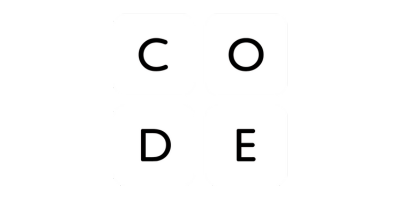| Level | Learning Outcome |
| Remember | PF.1 – Identify pathways and careers that involve computing |
| Understand | PF.2 – Explain how computing enables emerging technologies (e.g., autonomous vehicles) and how these emerging technologies are applied in various industries |
| Apply | PF.3 – Apply computing concepts to other disciplines (e.g., investigate how to collect, process, and analyze heart rate sensor data in physical education) |
| PF.4 – Apply principles of inclusive collaboration when using emerging technologiesIC | |
| Analyze | PF.5 – Examine how emerging technologies are impacting a variety of practices (e.g., use of facial recognition in policing, AI-generated news products) |
| PF.6 – Analyze emerging technologies using computational thinking principlesCT | |
| Evaluate | PF.7 – Assess societal impacts and related ethical issues of emerging and future developments in computing (e.g., the impact of quantum computing on security)IE |
| PF.8 – Evaluate the use of emerging technologies (e.g., generative AI) for accuracy and to meet specific needsIE | |
| Create | PF.9 – Develop a personal career plan that highlights the use of computing |
| PF.10 – Create a plan to apply an emerging technology to meet a need using principles of human-centered designHCD |
In the topic area tables, we use a system of superscripts to indicate which Pillars relate to which learning outcome:
| Impacts and Ethics | Inclusive Collaboration | Computational Thinking | Human-Centered Design | Dispositions |
|
|
|
|
|
This project is supported by the National Science Foundation (NSF) under Grant No. 2311746. Any opinions, findings, and conclusions or recommendations expressed in this material are those of the author(s) and do not necessarily reflect the views of the NSF.













